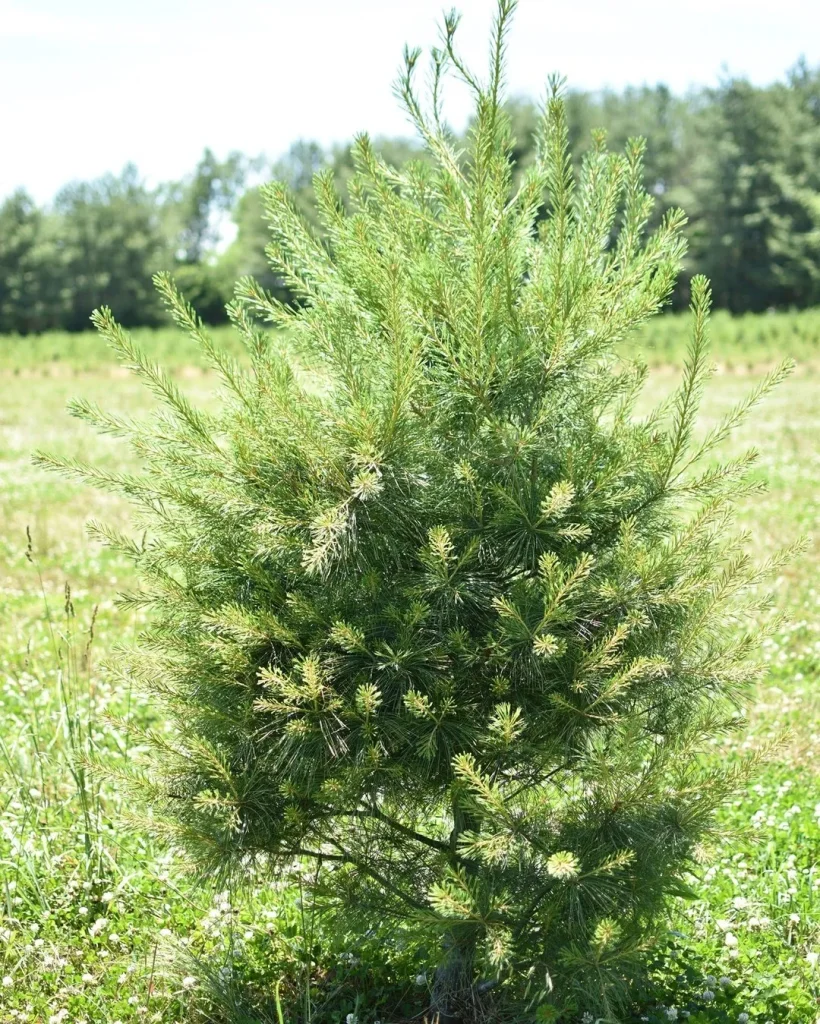
What is Helianthus Occidentalis?
Helianthus Occidentalis, commonly known as the Western Sunflower, is a striking perennial plant native to North America. This sunflower variety is known for its tall stature, reaching heights of 5 to 8 feet, and its bright, cheerful yellow blooms that make it a standout in any garden. The Western Sunflower features large, daisy-like flowers with a prominent dark center, which attract bees, butterflies, and other pollinators. Its robust nature and ability to thrive in a range of soil types make it a popular choice among gardeners.
66 Species in Genus Helianthus
How to Care for Helianthus Occidentalis?
Caring for Helianthus Occidentalis is relatively straightforward, thanks to its hardy nature. Here’s a breakdown of the essential care requirements:
- Sunlight: Western Sunflowers thrive in full sun, meaning they need at least 6 hours of direct sunlight each day. A sunny spot ensures they grow tall and produce vibrant blooms.
- Soil: While Helianthus Occidentalis can adapt to various soil types, it performs best in well-draining soil. Aim for a soil pH between 6.0 and 8.0. Adding compost can enhance soil fertility and drainage.
- Watering: Water the plant regularly, especially during dry spells. However, be cautious not to overwater, as this can lead to root rot. Allow the top inch of soil to dry out between waterings.
- Fertilizing: Western Sunflowers generally don’t require heavy feeding. A balanced, all-purpose fertilizer applied once in the spring should suffice. Avoid high-nitrogen fertilizers, as they can lead to excessive foliage growth at the expense of blooms.
- Pruning: Deadhead spent flowers to encourage continued blooming and prevent self-seeding if you don’t want the plants to spread. In late fall, cut back the stems to ground level after the first frost.
How to Propagate Helianthus Occidentalis?
Propagating Helianthus Occidentalis can be done through seeds or division:
- Seeds: Collect seeds from mature flowers in late summer. Sow the seeds directly into the garden bed in early spring or start them indoors 6 to 8 weeks before the last frost. Plant seeds about 1 inch deep and keep the soil moist until germination. Thin seedlings to prevent overcrowding.
- Division: Divide established plants in early spring or fall. Gently lift the plant and separate the root ball into smaller sections, ensuring each division has healthy roots. Replant the divisions at the same depth they were growing before.
What to Plant With Helianthus Occidentalis?
Helianthus Occidentalis pairs well with a variety of companion plants:
- Grasses: Planting ornamental grasses like Switchgrass or Feather Reed Grass alongside Western Sunflowers creates a lovely contrast in height and texture.
- Other Perennials: Combining with other tall perennials such as Rudbeckia (Black-eyed Susan) or Echinacea (Coneflower) enhances the visual appeal and provides a continuous bloom cycle.
- Annuals: Marigolds and Zinnias add vibrant color and help to fill gaps in the garden during the sunflower’s blooming period.
Is Helianthus Occidentalis Toxic?
No, Helianthus Occidentalis is not considered toxic to humans or animals. This makes it a safe choice for gardens frequented by pets and children. The plant’s non-toxic nature means you don’t need to worry about adverse reactions if ingested or touched.
Benefits of Growing Helianthus Occidentalis
Growing Western Sunflowers offers several benefits:
- Attracts Pollinators: The bright blooms draw bees, butterflies, and other beneficial insects, which can help improve the overall health of your garden.
- Low Maintenance: Its hardiness and low maintenance requirements make it an excellent choice for busy gardeners or those new to gardening.
- Versatile Uses: Besides adding beauty to your garden, the seeds can be harvested and used for bird feed or even in homemade granola bars.
Common Problems with Helianthus Occidentalis
While generally low-maintenance, Helianthus Occidentalis can encounter a few issues:
- Powdery Mildew: This fungal disease appears as a white, powdery substance on leaves. Improve air circulation around the plant and avoid overhead watering to reduce the risk.
- Stem Rot: Overly wet conditions can lead to stem rot. Ensure good drainage and avoid watering directly on the stems.
- Pests: Watch out for aphids and spider mites. Regularly inspect your plants and treat infestations with insecticidal soap if necessary.
How Does Helianthus Occidentalis Compare to Other Sunflowers?
Helianthus Occidentalis is often compared to other sunflower species, such as the Common Sunflower (Helianthus annuus). Here’s a quick comparison:
- Size: Western Sunflowers are generally taller and more robust than the Common Sunflower.
- Flowering Time: Helianthus annuus often blooms earlier in the season compared to Helianthus Occidentalis.
- Growing Conditions: While both varieties prefer full sun, Helianthus Occidentalis is better suited for a wider range of soil conditions and can handle drier conditions more effectively.
By understanding these aspects of Helianthus Occidentalis, you can successfully incorporate this stunning plant into your garden and enjoy its vibrant blooms for years to come. Whether you’re drawn to its beauty or its ecological benefits, Western Sunflowers are a fantastic addition to any landscape.
If i die, water my plants!



